Interconnected themes
Each interconnected theme incorporates video of an Indigenous Knowledge holder or custodian, sharing their IK on Country.
Supporting resources enable teachers to utilise these examples by working collaboratively with their Indigenous teacher assistants and their local Indigenous community to localise perspectives for place-based mathematics.
Within each of the six interconnected themes, learning and knowledges are provided from different perspectives, including both saltwater peoples and freshwater peoples. Each poster provides multiple perspectives on these six themes, so can be viewed as a convergence of knowledges.
When mathematics is viewed as part of an interconnected process of learning, IK are able to be built upon for mathematics teaching and learning. Read more
For Aboriginal and Torres Strait Islander peoples, maths is not always about quantities or numbers. Instead, it focuses on relationships of all kinds. It includes relationships between the range of elements of the known physical and socio-cultural environment (Nurragunnawali https://www.narragunnawali.org.au/mathematics-resource-guide).
'Holistic models and concepts are based on Indigenous Ways of Knowing, Being and Doing' (Davis, 2017, p. 85). Additionally, Professor Chris Matthews asks teachers to consider mathematics as a holistic process. When mathematics is viewed as part of an interconnected process of learning, IK are able to be built upon for mathematics teaching and learning. This means that IK are at the forefront of learning.
This is important as IK and connections to Country have informed successful teaching and learning pedagogy and content for more than 65,000 years.
'These themes are deeply connected to each other in the ecological Knowledge systems of Indigenous Australians. Furthermore, humans and nature are interconnected. Human beings are seen as part of the ecosystems and cannot be fully grasped or managed if separated from it. This view is implicit in the Indigenous concept of Country. ... We aim to achieve a better understanding of the complex nature of the interconnectedness between humans and nature.' (Adone & Bruck, 2019, p.1)
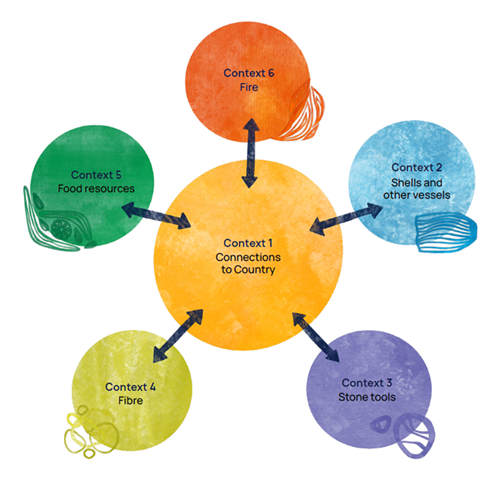
Download the Connecting Indigenous Knowledges (IK) with mathematics curriculum guide
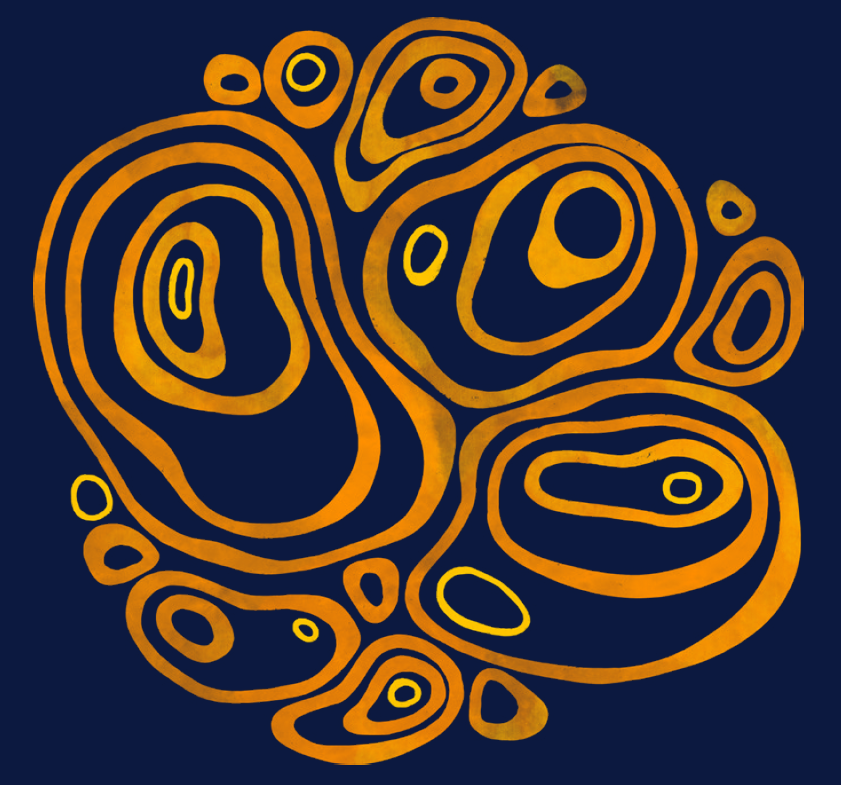
Connections to Country/Place
Connections to Country and place include rich and deep knowledge of the landscape and natural environment, waterways, navigation, direction and location. It includes traditional or historical methods of remembering pathways and travel routes using songlines.
Shells and other vessels
Shells and other vessels were used and modified using processes of design, technology and engineering. They were used when gathering food and water and were/are often decorated with art to share stories.
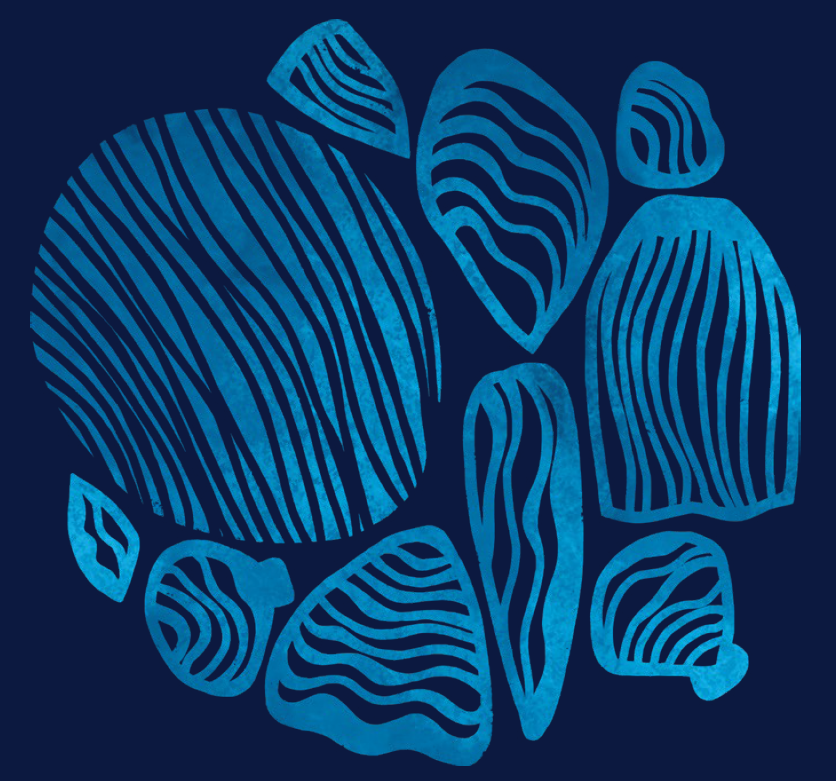
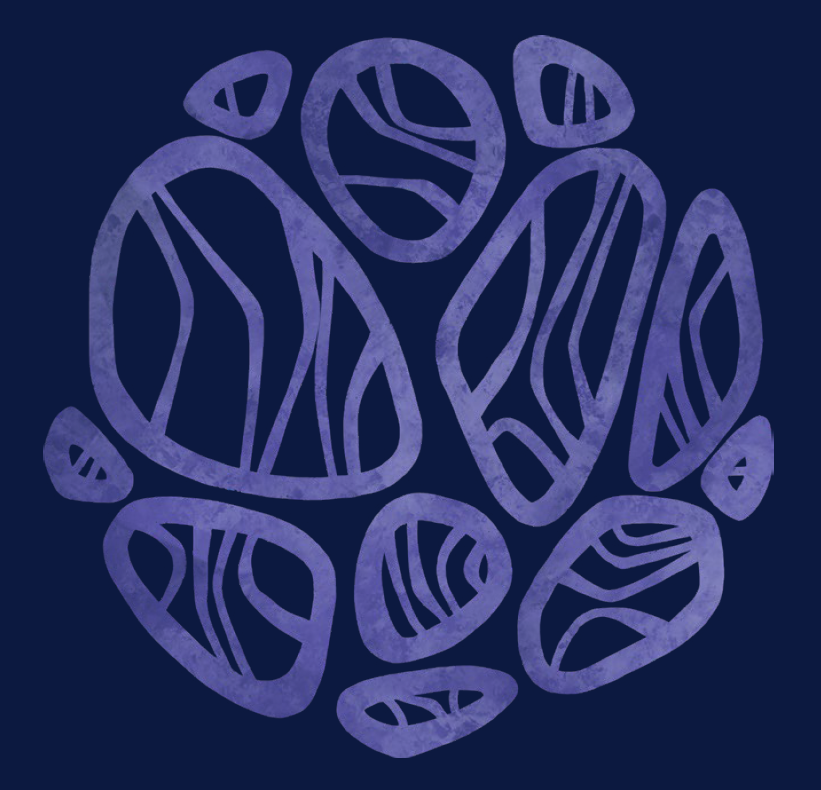
Knowledge of stone tools
Stone tools incorporate IK through sharing the significance of stones and rocks for Indigenous peoples. Stones were used in tool-making, for hunting purposes, in food preparation, in trade and in story sharing.
Knowledge of fibre
Fibre includes IK on how native plants and grasses were used in the manufacture of string and rope; for weaving dilly bags, baskets and mats; and in making fishing line and fishing nets. Different fibres were also used to make traditional dress, for body decoration, to build bark canoes and to build housing.
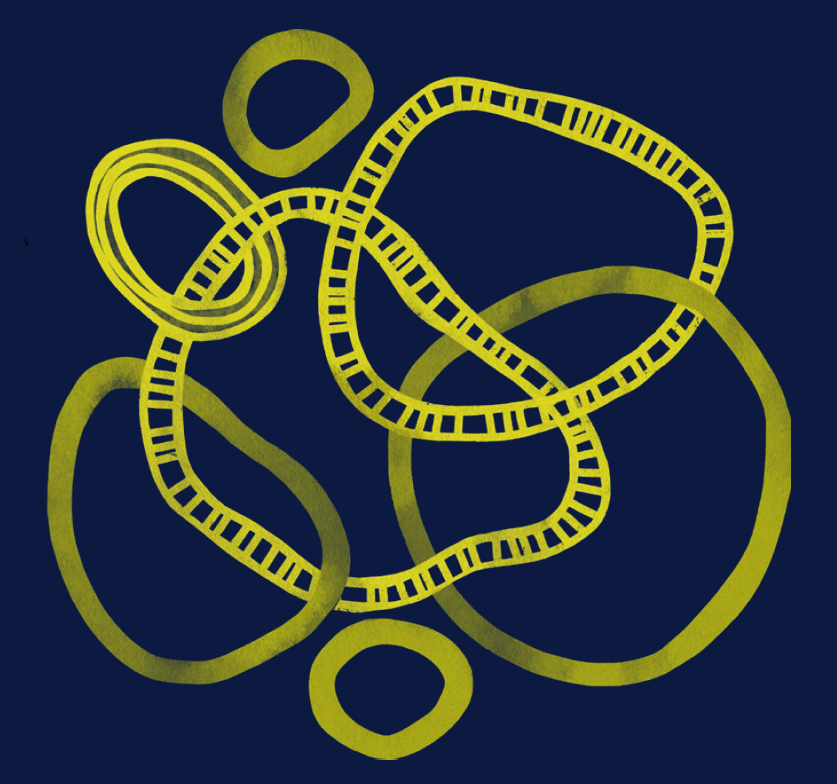

Gathering food resources
Gathering food resources includes the types of tools, weapons and equipment used in gathering food resources. It covers all food sources, including the collection of nuts and berries, meat and seafood, and spans across water and land resources.
Knowledge of fire
First Nations Australians draw on their knowledge of fire and its use in land management practices on Country and in the processes for building a fire.

Each of the posters has links to other cultural contexts for learning. Read more
- Consider the knowledges outlined in Poster 1 (Connections to Country/Place), where Indigenous Knowledge (IK) experts share content that has been passed down. The broad theme of Connections to Country and Place encompasses knowledge that also has an influence on Poster 5 (Gathering Food Resources). Poster 1 (Connections to Country/Place) shares knowledge of the stars, stories of the Emu in the Sky and the black spaces of the Milky Way. This Dreaming Story tells us that at certain times of the year, when the egg can be visualised under the emu, it was/is time to go hunting for emu eggs. Hunting for emu eggs is a form of gathering food resources. Therefore, Poster 1 (Connections to Country/Place) informs knowledges contained in Poster 5 (Gathering Food Resources).
- Additionally, knowledges of the mullet run up the east coast, mutton birds returning to Tasmania and turtles returning to the same birthing place (Mon Repos, Bundaberg) represent forms of navigation, direction and location. This knowledge is represented through Poster 1 (Connections to Country/Place) and again informs knowledges contained within Poster 5 (Gathering Food Resources). Indigenous peoples’ knowledge of Country and the seasonal indicators of reading the Country enabled successful navigation to locate food resources (Poster 5 – Gathering Food Resources).
- There are also links between Poster 2 (Shells) and Poster 4 (Fibre) with the use of trochus and maireenerer shells being utilised as body decoration. Poster 2 (Shells) also has connections to Poster 6 (Fire), as hot ashes were used in part of the cleaning and polishing process.
- Engravings or incisions in shells (Poster 2 – Shells) are often geometric, sometimes with straight, parallel lines and zigzags representing stories of traditional trade routes (Poster 1 – Connections to Country/Place), and this also interconnects with Poster 3 (Stone Tools), as a mixture of ochre and spinifex resin was traditionally used to colour the incisions made to the shell.
- There are interconnections between Poster 5 (Gathering Food Resources) and Poster 2 (Shells), as the eye tooth of a kangaroo or a bone from the kangaroo was traditionally used to pierce these shells. Sinew from kangaroo or wallaby tail was used for threading the shells together. Without Indigenous Knowledges of hunting for kangaroo or wallaby, piercing and threading of shells for body decoration (Poster 4 – Fibre) would not have been possible.
© 2023 Commonwealth of Australia. These resources may be used under a Creative Commons Attribution-Non Commercial-No Derivatives (CC BY-NC-ND 4.0) licence. These resources were created by Stronger Smarter Institute and Indigenous knowledge-holders.
Cover artist Keisha Leon is an Aboriginal graphic designer and digital artist. She is a proud Waanyi-Kalkadoon (Mount Isa, Queensland) and Chinese woman.